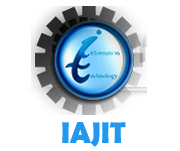Automated Classification of Whole-Body SPECT Bone Scan Images with VGG-Based Deep Networks
Abstract: Single Photon Emission Computed Tomography (SPECT) imaging has the potential to acquire information about areas of concerns in a non-invasive manner. Until now, however, deep learning based classification of SPECT images is still not studied yet. To examine the ability of convolutional neural networks on classifying whole-body SPECT bone scan images, in this work, we propose three different two-class classifiers based on the classical Visual Geometry Group (VGG) model. The proposed classifiers are able to automatically identify that whether or not a SPECT image include lesions via classifying this image into categories. Specifically, a pre-processing method is proposed to convert each SPECT file into an image via balancing difference of the detected uptake between SPECT files, normalizing elements of each file into an interval, and splitting an image into batches. Second, different strategies were introduced into the classical VGG16 model to develop classifiers by minimizing the number of parameters as many as possible. Lastly, a group of clinical whole-body SPECT bone scan files were utilized to evaluate the developed classifiers. Experiment results show that our classifiers are workable for automated classification of SPECT images, obtaining the best values of 0.838, 0.929, 0.966, 0.908 and 0.875 for accuracy, precision, recall, F-1 score and AUC value, respectively.
Keywords: Image classification, nuclear medicine, SPECT imaging, deep learning, VGG 16.
Received November 1, 2020; accepted January 19, 2022

